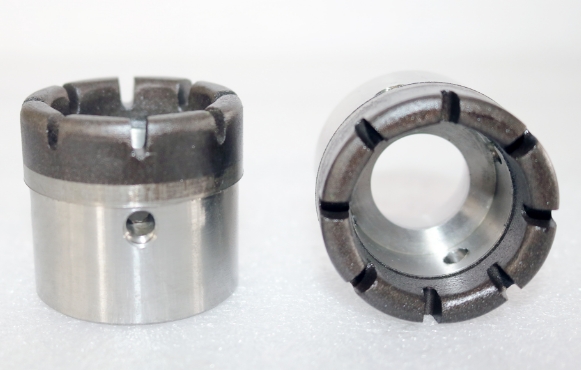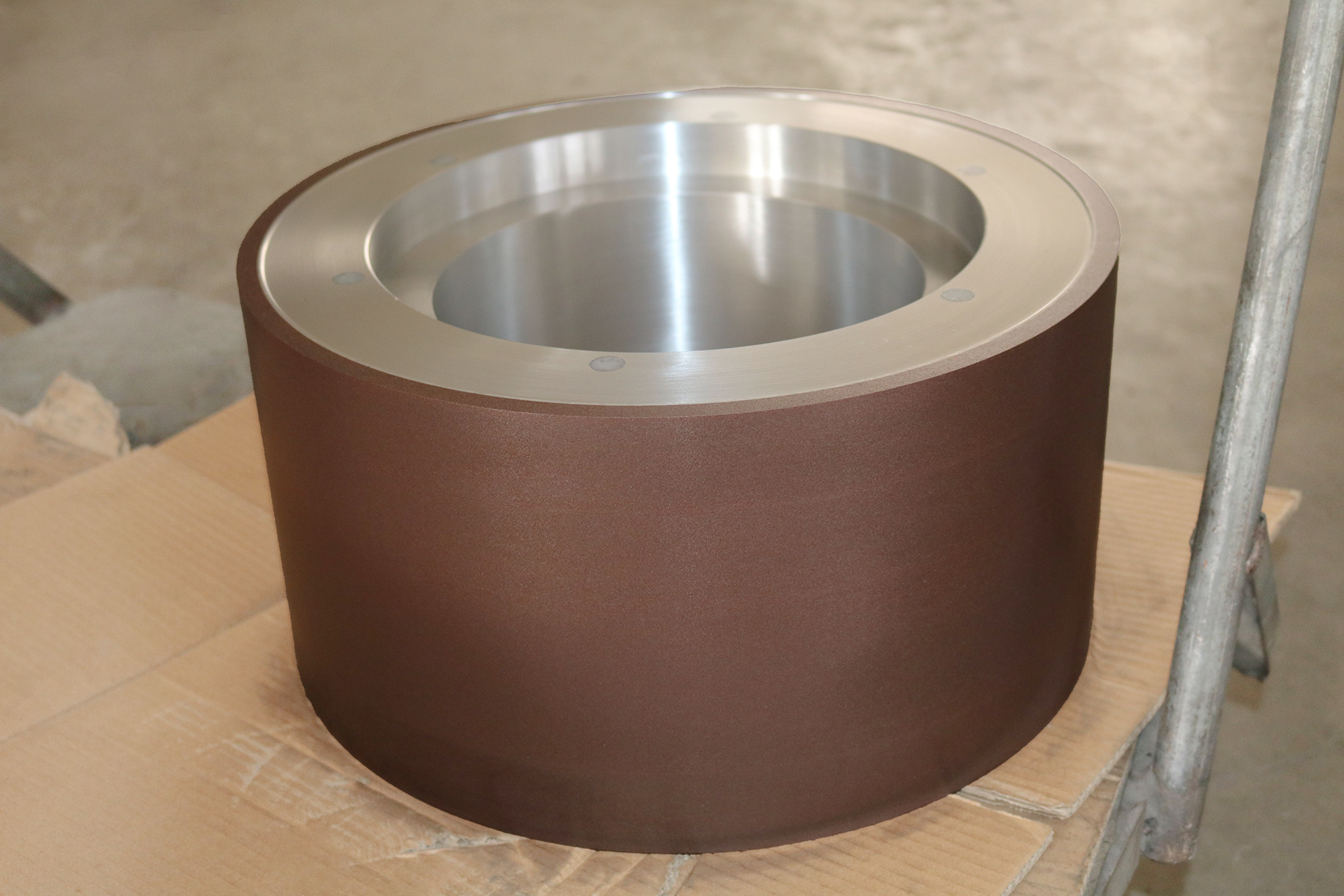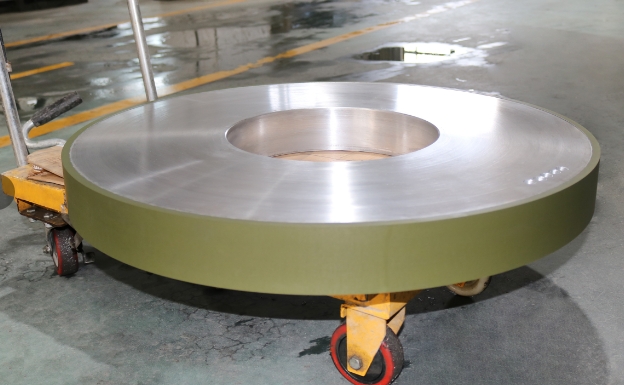What grinding wheel and classification of cemented carbide
When it comes to the processing of cemented carbide, we will think of what grinding wheel is used to grind cemented carbide? And what classification of hard alloy grinding wheel, supporting what grinding machine performance can be fully applied and so on.
In fact, the development of cemented carbide processing technology has been very fast. What grinding wheel and classification of cemented carbide? Diamond grinding wheel manufacturer Xinghua tells you what cemented carbide grinding wheel in the end.
There are many classifications of cemented carbide grinding wheels. The following are the main ones.
1. Coated carbide grinding wheel.
2, chromium carbide based carbide grinding wheel.
3. Resin diamond grinding wheel. Xinghua RESIN DIAMOND GRINDING WHEEL FOR CARBIDE grinding HAS the CHARACTERISTICS OF BEING able to be CUSTOMIZED, GOOD TECHNOLOGY, short manufacturing cycle and fast supply.
4, titanium carbon-based carbide grinding wheel.
5. Steel bonded carbide grinding wheel.
6, TiC based carbide grinding wheel.
Cemented carbide has many uses, can be used to make nozzle plunger and other wear-resistant workpiece, high-pressure cavity, cutting tools, mining tools, and so on, this is also the reason for its popularity. The above is the main classification of cemented carbide grinding wheels. At present, Xinghua resin diamond grinding wheel is widely used in grinding cemented carbide workpiece.
Grinding cemented carbide with what grinding wheel, just in the department of diamond grinding wheel manufacturers in the previous text has said. In addition, Xinghua can also produce imported quality grinding powder metallurgy CBN grinding wheels and other high precision grinding tools.
 resin diamond grinding head with specifications of 40*35*22.5 (cone) *58 and an angle of R2
resin diamond grinding head with specifications of 40*35*22.5 (cone) *58 and an angle of R2
 Resin Diamond Centerless Grinding Wheel
Resin Diamond Centerless Grinding Wheel
 honored to introduce our newly launched Diamond Resin Grinding
honored to introduce our newly launched Diamond Resin Grinding